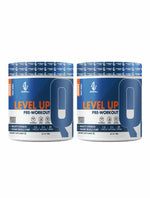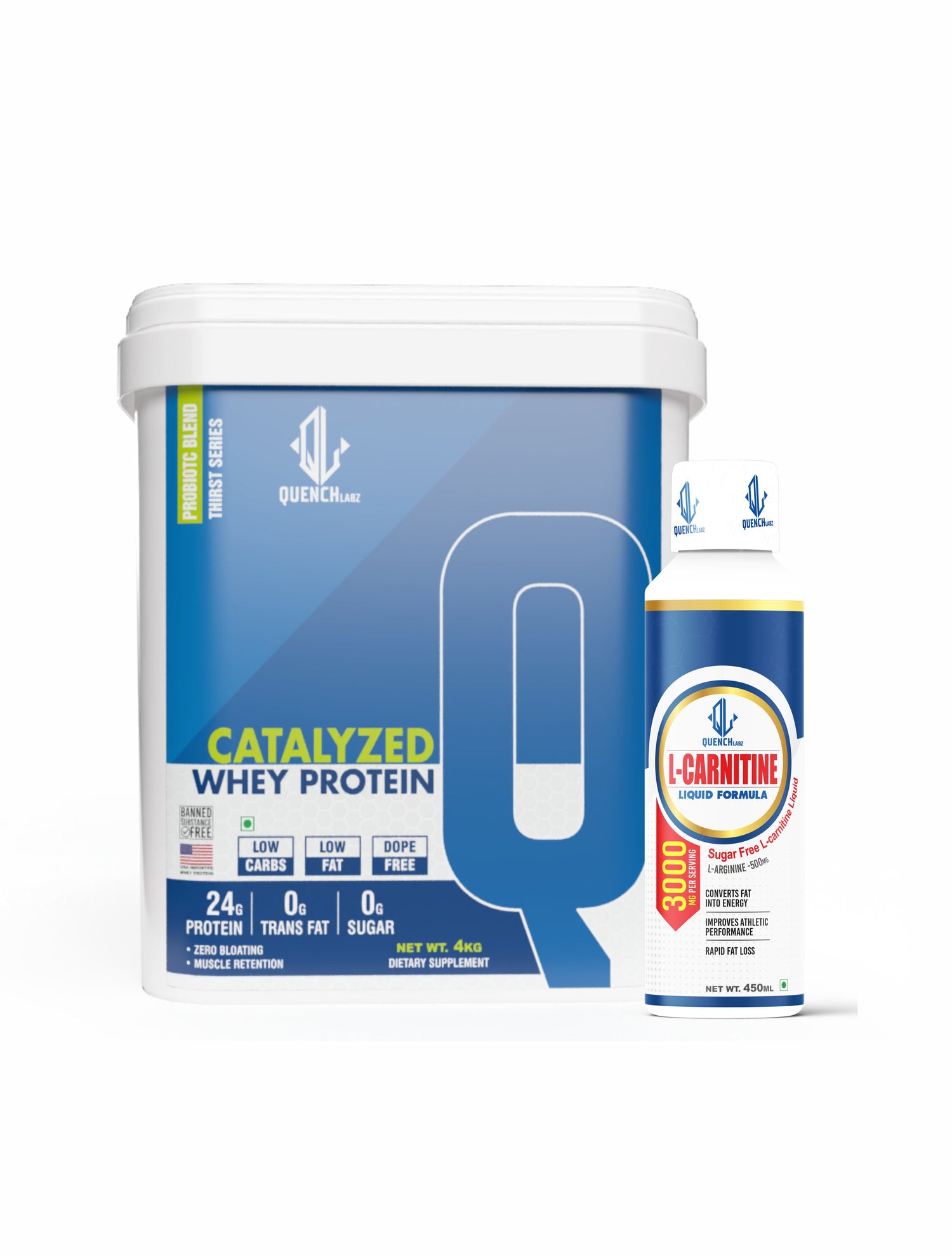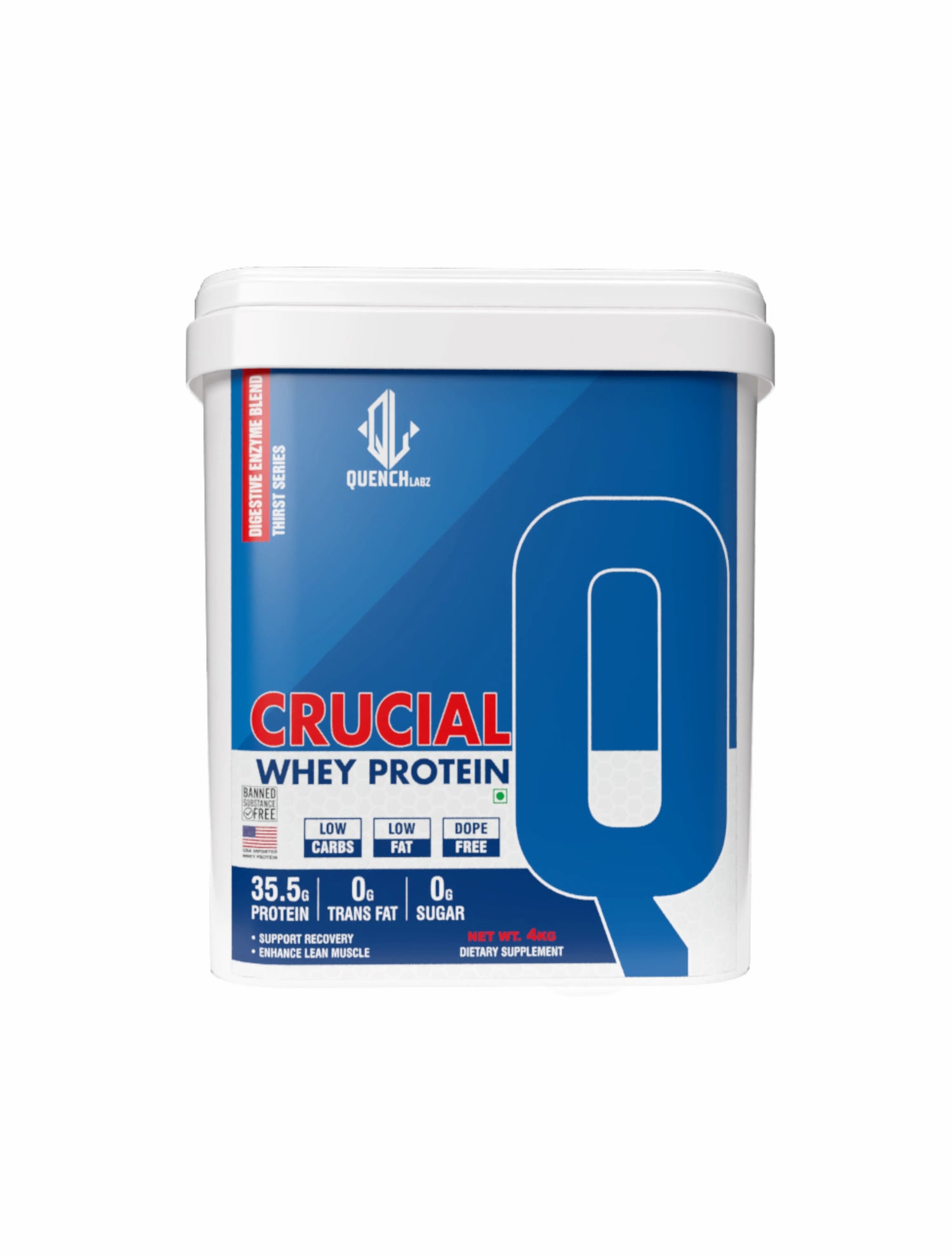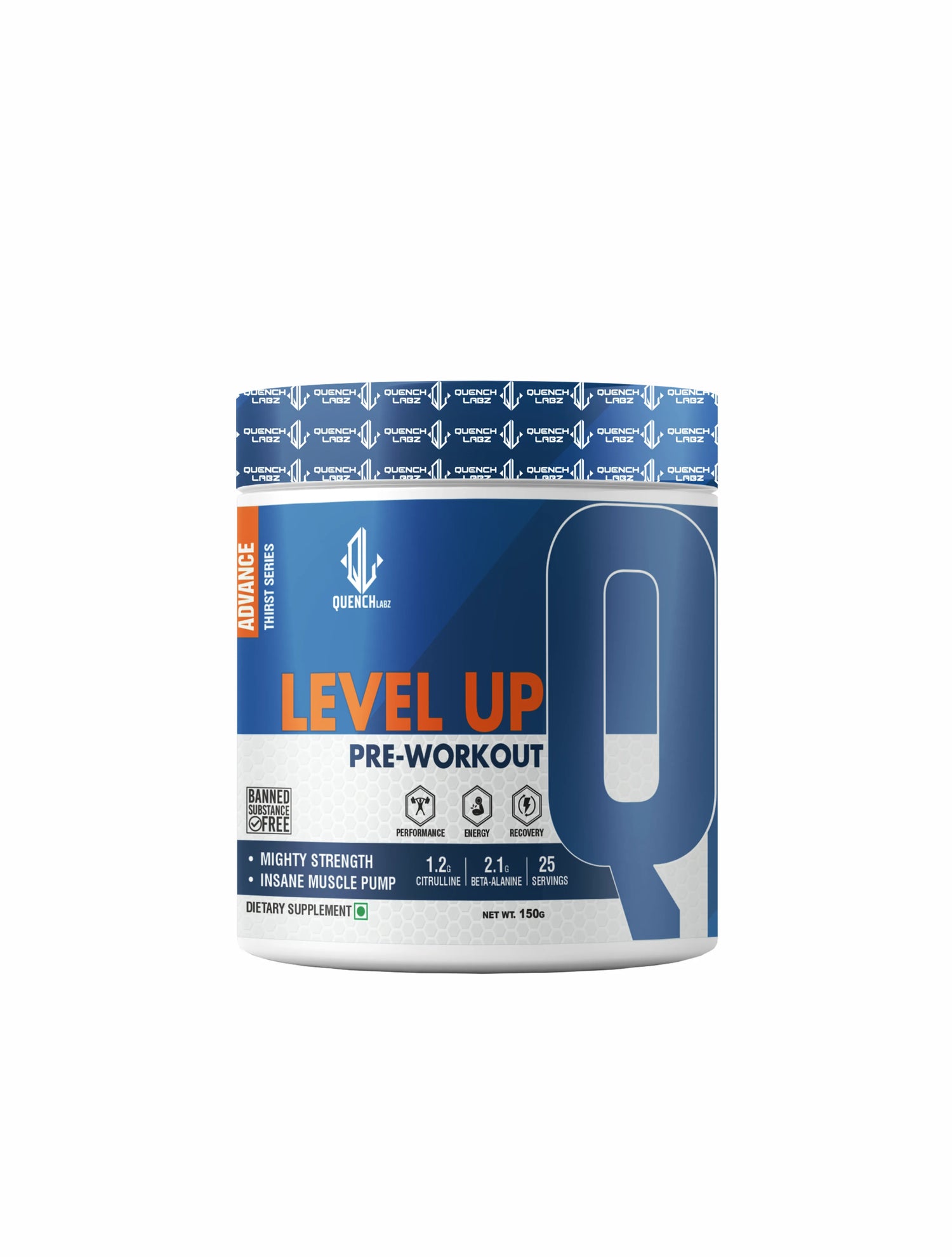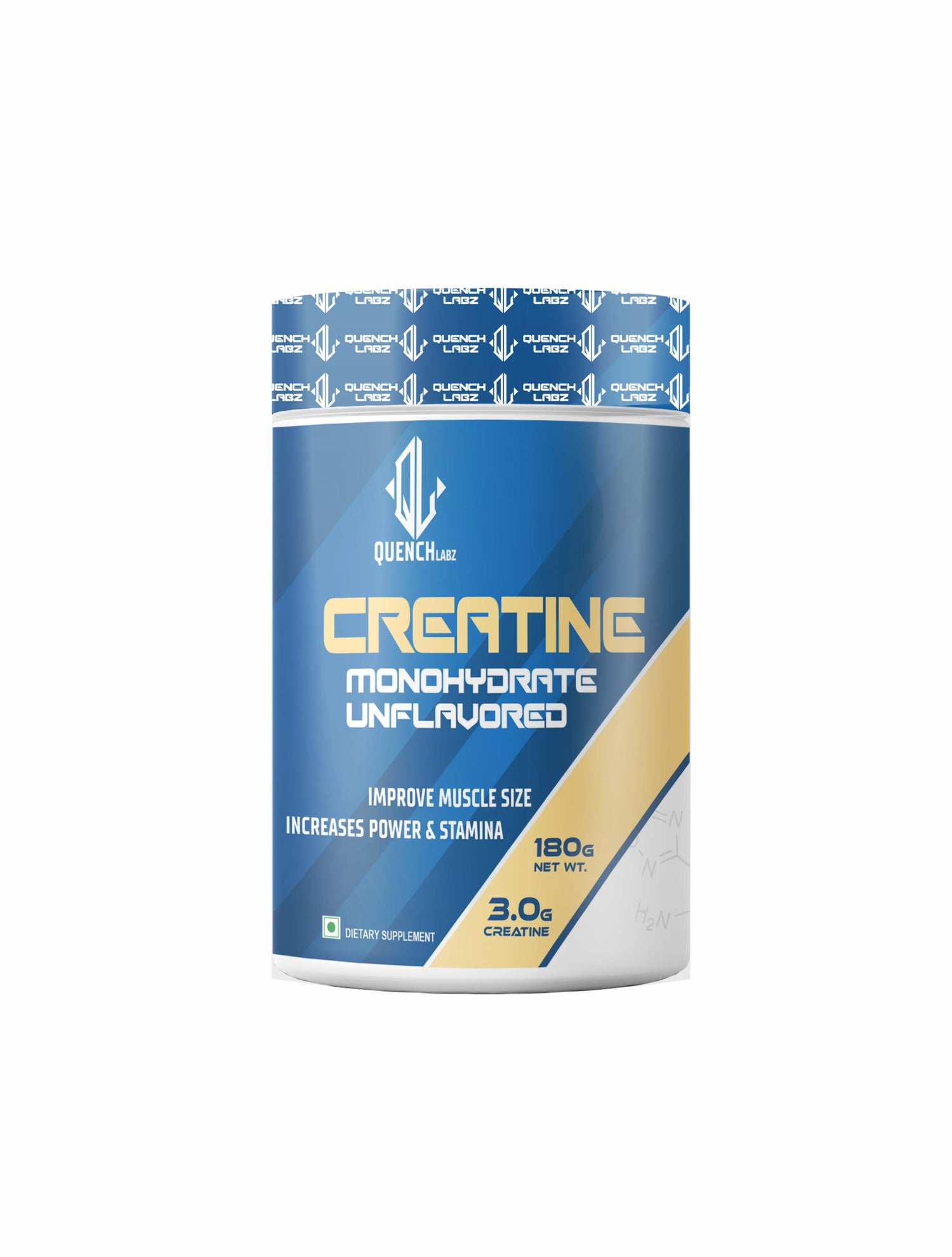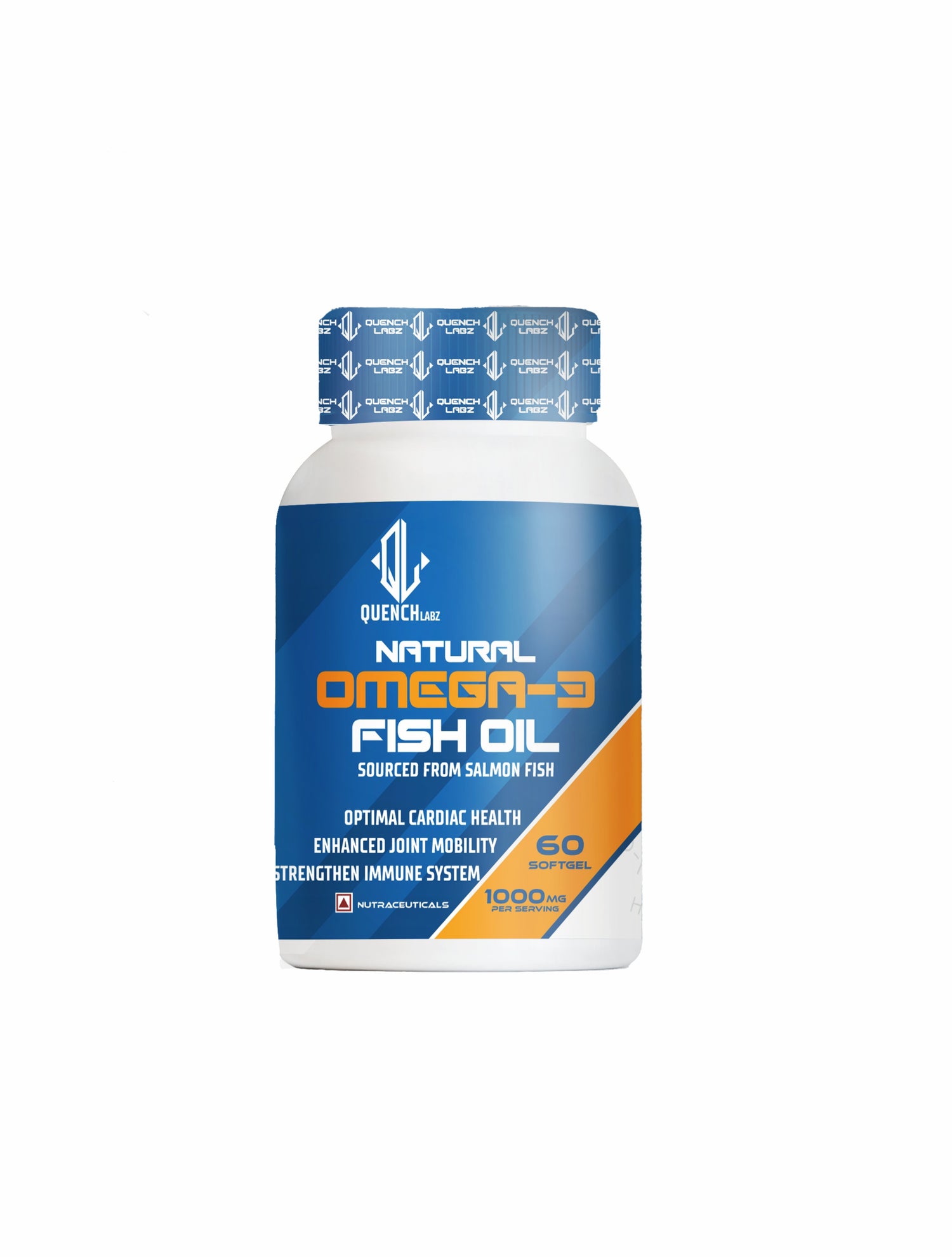If you’ve ever watched a post-match interview or peeked into an athlete’s training routine, one thing stands out — almost every professional talks about recovery, strength, and nutrition. And right at the heart of that nutrition strategy is whey protein for athletes.
It’s not just a trend or a fitness buzzword. It’s a real part of how athletes perform better, recover faster, and stay consistent even after the toughest workouts. But what makes whey protein such a big deal for them? Let’s break it down in the most practical way possible.
Why Whey Protein Matters So Much for Athletes
Athletes push their bodies to the limit — running, lifting, sprinting, training multiple hours a day. All that effort breaks down muscle fibers, and rebuilding them stronger requires one key thing: protein.
Now, while natural food sources like eggs, chicken, lentils, or paneer are great, they aren’t always enough or convenient. That’s where whey protein steps in.
Here’s why athletes swear by it:
-
Fast Absorption: Whey protein digests quickly and delivers amino acids right when muscles need them most.
-
High in BCAAs: These branched-chain amino acids (especially leucine) help kickstart muscle repair and reduce soreness.
-
Improved Recovery: Regular intake after training helps reduce fatigue, soreness, and risk of injury.
-
Convenience: When you’re training twice a day, you can’t always cook. Whey protein fills that gap easily.
How Professional Athletes Actually Use Whey Protein
Let’s get real — most athletes don’t rely only on whey protein. They use it as part of a broader nutrition strategy that’s customized to their sport. But the way they use it can teach a lot to anyone training seriously.
1. Post-Workout Recovery Shake
Almost every athlete takes a whey protein shake within 30 minutes after training. This timing helps muscles rebuild and refuel faster.
A common mix:
-
1 scoop whey protein isolate
-
1 banana or oats for quick carbs
-
Water or low-fat milk
-
Optional: peanut butter for extra calories
This combo helps replenish glycogen and support muscle repair immediately after intense activity.
2. Pre-Workout Fuel (For Some Sports)
While not everyone prefers it before training, some endurance athletes or fighters have a small protein shake before their session — it helps with energy levels and reduces muscle breakdown during long training hours.
A light shake 30–45 minutes before training can make a noticeable difference in endurance.
3. Between Meals for Consistent Nutrition
Athletes often eat 5–6 times a day. To keep their protein intake steady, they sip on a whey shake between meals — something that’s harder to do with whole foods when traveling or in back-to-back training camps.
Whey Protein Types Used by Pros
Different athletes choose different whey protein types based on goals and tolerance:
-
Whey Protein Concentrate: Balanced option for those who don’t mind a little lactose and want natural nutrition.
-
Whey Protein Isolate: Preferred by professionals because it’s lighter, purer, and absorbs faster — ideal for post-workout recovery.
-
Hydrolyzed Whey Protein: Used by top-tier athletes for instant digestion and minimal stomach stress.
If you’re training hard or preparing for competitive events, whey protein isolate might be your best bet.
What Whey Protein Does Beyond Muscle Building
Many assume whey protein is just about building muscle, but it actually plays a much bigger role in athletic performance:
-
Improves Endurance: It supports better oxygen delivery to muscles by maintaining lean mass.
-
Boosts Immunity: Overtraining can weaken the immune system; whey’s glutathione content helps strengthen it.
-
Aids in Injury Recovery: Whey provides essential amino acids that speed up tissue repair.
-
Enhances Focus & Energy: Protein helps stabilize blood sugar levels, reducing fatigue and improving concentration.
So, while gym-goers chase muscle gains, athletes value whey protein for its overall performance benefits.
How Indian Athletes Use Whey Protein
The sports scene in India is growing fast — from cricket to athletics, badminton to MMA. And guess what? Most Indian athletes today include whey protein in their daily meal plans.

You’ll often hear nutritionists working with athletes recommend combining whey protein with traditional foods — like mixing it with milk, oats, or even blending it with a banana and peanut butter for a balanced snack. It’s an easy, Indian-friendly way to meet protein needs without giving up the foods they love.
Tips for Using Whey Protein Like a Pro
-
Set your timing right: Post-workout is the best time to have whey protein.
-
Stay hydrated: Protein metabolism needs water — don’t skip it.
-
Pair with real food: Combine with fruits, oats, or nuts to make it more wholesome.
-
Pick quality: Go for certified, tested brands that clearly mention ingredients and purity.
-
Listen to your body: Start with one scoop and see how your digestion feels before increasing intake.
Common Mistakes Athletes Avoid
Even professionals make errors early on — but they learn fast. Here are mistakes most athletes stop doing:
-
Overloading on multiple protein scoops per day
-
Ignoring whole food sources of protein
-
Choosing cheap, fake supplements
-
Skipping post-workout nutrition altogether
Remember, whey protein is a tool, not a shortcut.
Final Thoughts
At the end of the day, what separates top athletes from everyone else is consistency — not just in training, but also in recovery. Whey protein for athletes isn’t just about looking fit, it’s about performing better, lasting longer, and bouncing back stronger.
It’s not about replacing meals, it’s about making sure your body has everything it needs to perform at its best. Whether you’re an athlete or just someone training seriously, learning how to use whey protein the way the pros do can make all the difference.



